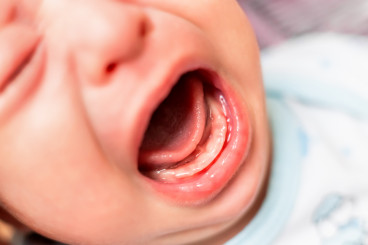Caries
Caries, commonly referred to as tooth decay or cavities, is a widespread and chronic dental condition that affects the hard, outer layer of the teeth known as the enamel. It is caused by a complex interaction between the teeth, saliva, and various types of bacteria that naturally reside in the mouth.
The enamel is the hardest and most mineralized tissue in the human body, designed to protect the inner layers of the tooth from damage. However, certain types of bacteria, primarily Streptococcus mutans and Lactobacillus acidophilus, can produce acids as byproducts of their metabolic processes. These acids, when left unchecked, can gradually erode and demineralize the enamel, leading to the formation of caries.
Process
The process of caries development can be described as follows:
Plaque formation: Dental plaque is a sticky, colorless film that constantly forms on the surfaces of the teeth. This plaque is a complex community of various bacteria, along with food particles, saliva, and other cellular debris.
Bacterial activity: The bacteria present in the plaque, particularly Streptococcus mutans and Lactobacillus acidophilus, feed on the sugars and carbohydrates in the food we consume. As they metabolize these substances, they produce acids as a byproduct.
Enamel demineralization: The acids produced by the bacteria in the plaque begin to dissolve the mineral content of the enamel, a process known as demineralization. This gradual loss of minerals weakens the enamel, making it more susceptible to further damage.
Cavity formation: As the demineralization process continues, small holes or cavities begin to form in the enamel. These cavities can progressively deepen, eventually reaching the inner layers of the tooth, including the dentin and the pulp (the living tissue within the tooth).
Caries can affect individuals of all ages, from young children to the elderly. The severity and progression of the condition can vary depending on several factors, including:
Diet: Frequent consumption of sugary and starchy foods and beverages can increase the risk of caries development.
Oral hygiene: Inadequate brushing, flossing, and use of fluoride-containing products can allow plaque and bacteria to accumulate, leading to caries.
Saliva production: Reduced saliva flow, which can be caused by certain medications or medical conditions, can diminish the natural protective effects of saliva.
Tooth positioning: Crowded or overlapping teeth can make it more challenging to effectively clean all surfaces, increasing the risk of caries.
Fluoride exposure: Regular exposure to fluoride, either through drinking water, dental products, or professional treatments, can help strengthen the enamel and prevent caries.
If left untreated, caries can progress and cause significant discomfort, pain, and even tooth loss. In severe cases, the infection can spread to the surrounding gum tissue, leading to more serious oral health problems.
Conclusion & The Good News
The good news is that caries is a preventable and treatable condition. Regular dental check-ups, proper oral hygiene, and a balanced diet can all contribute to maintaining strong, healthy teeth and preventing the development of caries. If caries do occur, early detection and appropriate dental treatments, such as fillings, can effectively stop the progression of the condition and restore the affected tooth.
Concerned about your dental health? Visit Dr. BestPrice and start your dental auction!



